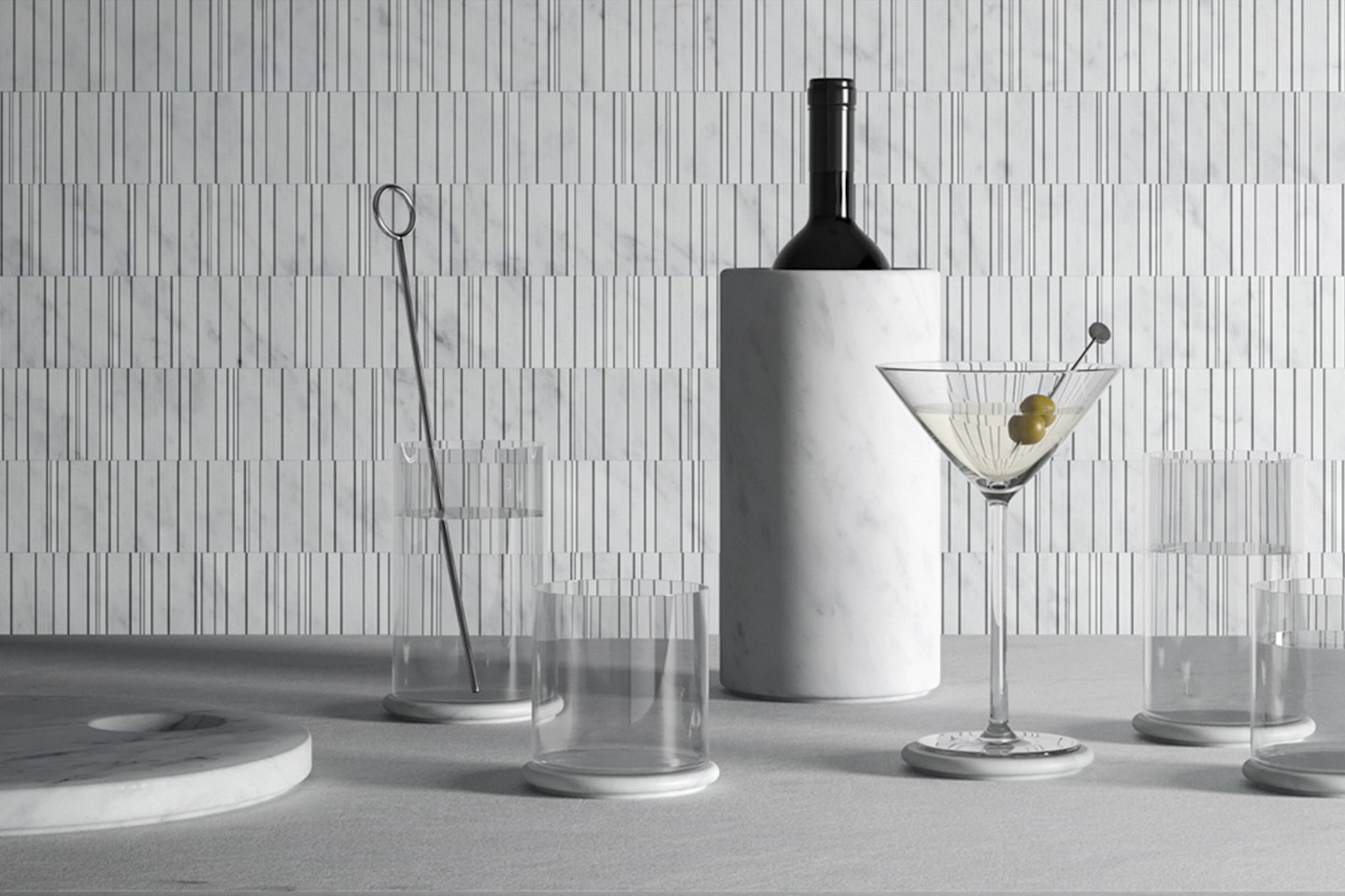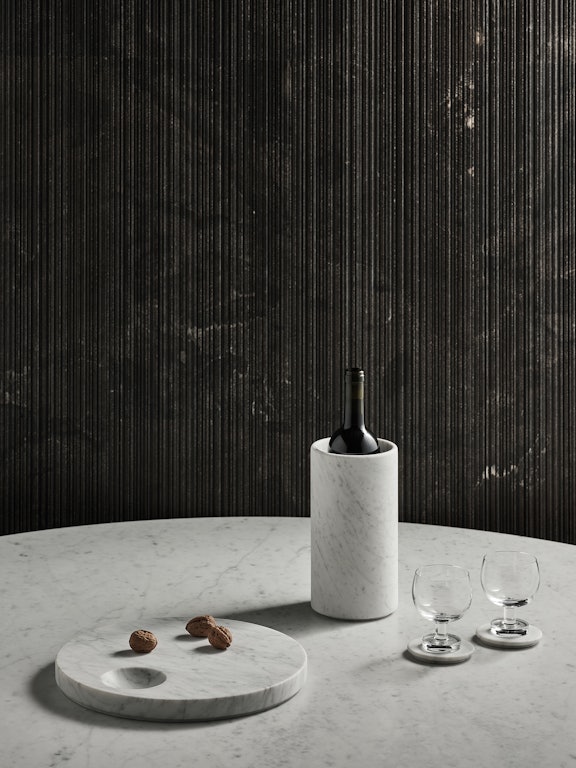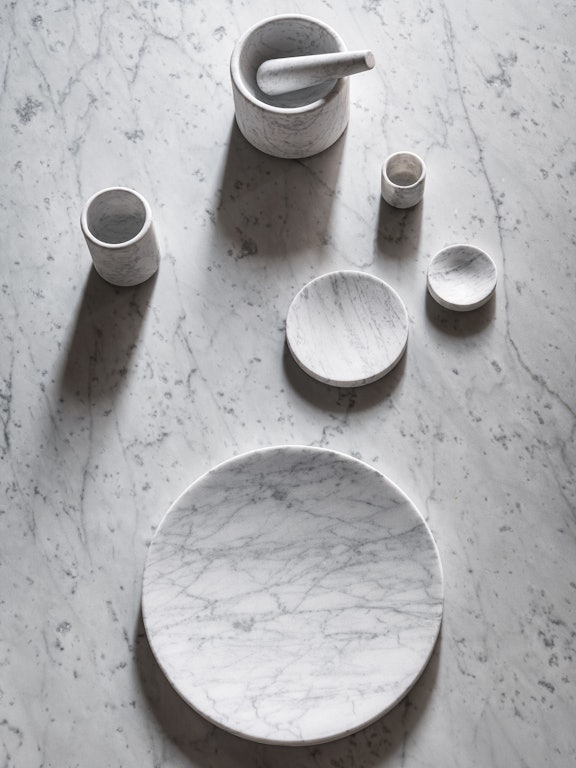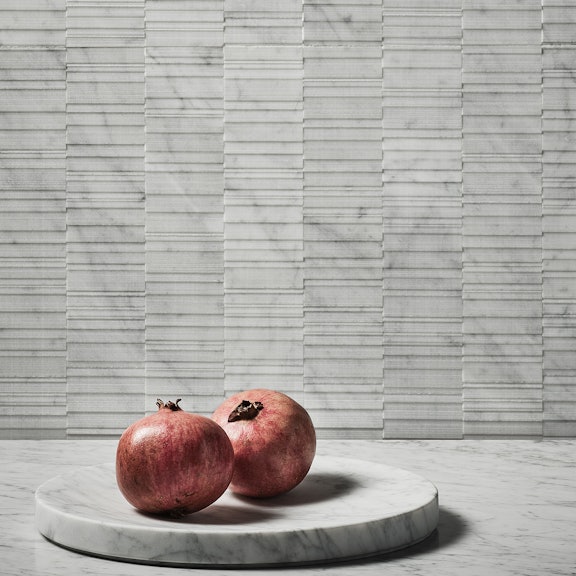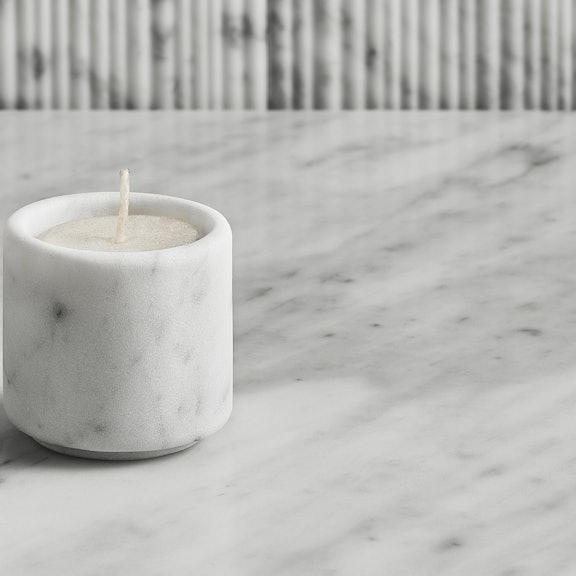John Pawson transforms everyday tableware into works of art
03.2022
Pawson echoes Noguchi’s sensitivity to the relationship between the object and the body
There is a teacup designed in 1952 by the Japanese-American artist and landscape architect Isamu Noguchi that was never produced during its designer’s lifetime. Defined by a handle which curves up and away from the cup like a tail, and a rounded base that necessitates resting the vessel in an asymmetric saucer, the design – when it briefly sold, fifty years after Noguchi developed the prototypes – was celebrated for combining the formal language of modern design with the traditional Japanese tea ceremony.
Yet, as much as Noguchi’s teacup – functional and unornamented – is a rare icon of Modernism, its design also owes much to the elegant, simple silhouette of an ancient Japanese terracotta cup that Noguchi owned. In addition to the artist’s sculptural use of form, it was his consciousness of the intimacy inherent in the objects from which we eat and drink – the enduring importance of the tactile – that makes the cup such a successful object.
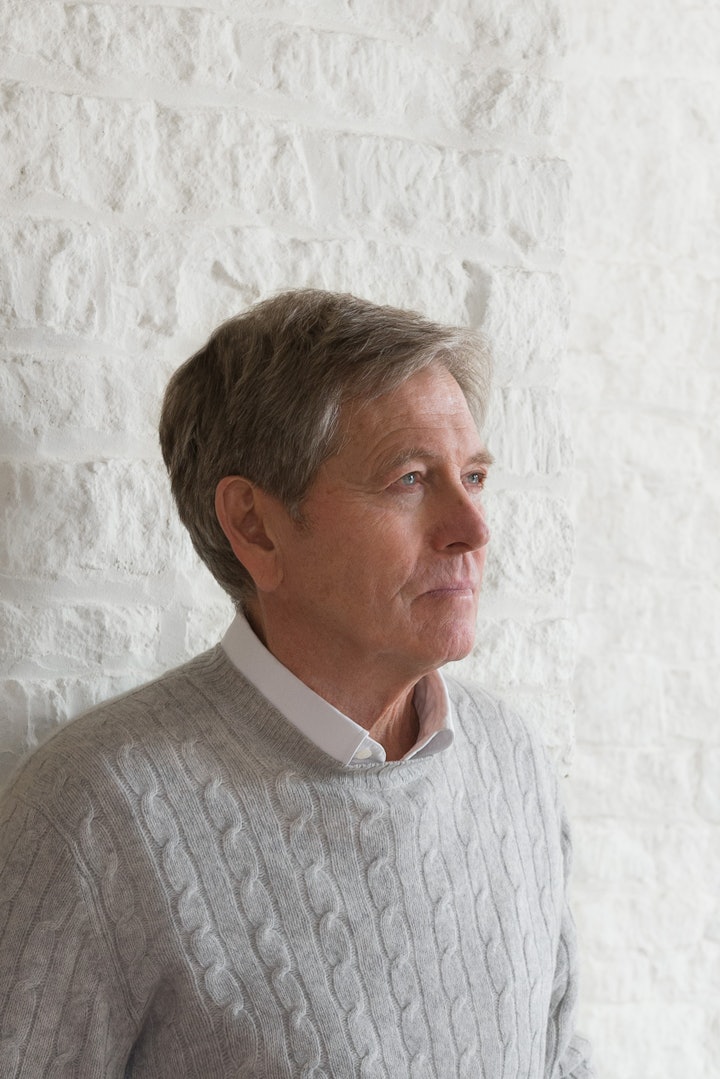
The designer and architect John Pawson shares Noguchi’s considered approach to tableware. In Ellipse, his most recent collaboration with Salvatori, Pawson echoes Noguchi’s sensitivity to the relationship between the object and the body. His series of vessels and utensils, each hewn from a single, seamless piece of Bianco Carrara marble, are typically carefully considered and refined, but also warm and expressive, evoking a sense of calm and quiet.
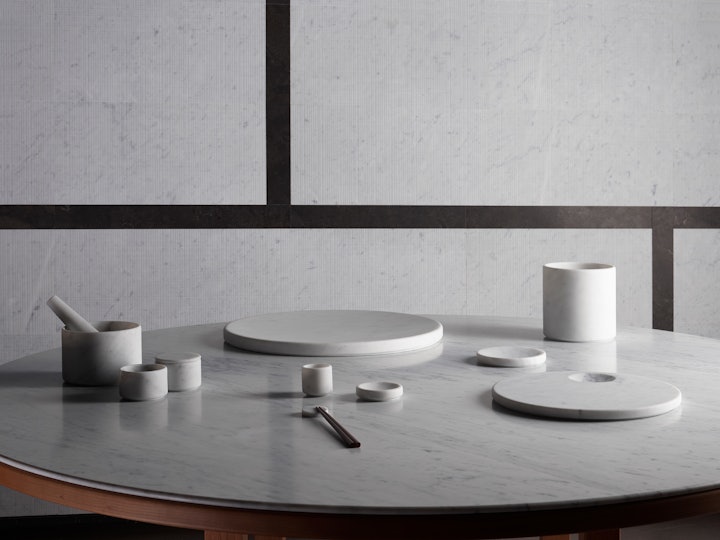
Pawson’s work is known for an almost spiritual minimalism, and in the Ellipse collection a purity of form and material is coupled with a tactile experience of the objects. The subtle visual play between flat and gently curving surfaces – their contours informed by “their particular ritual of use,” as Pawson says – is reflected in the contrast between textured and polished finishes.
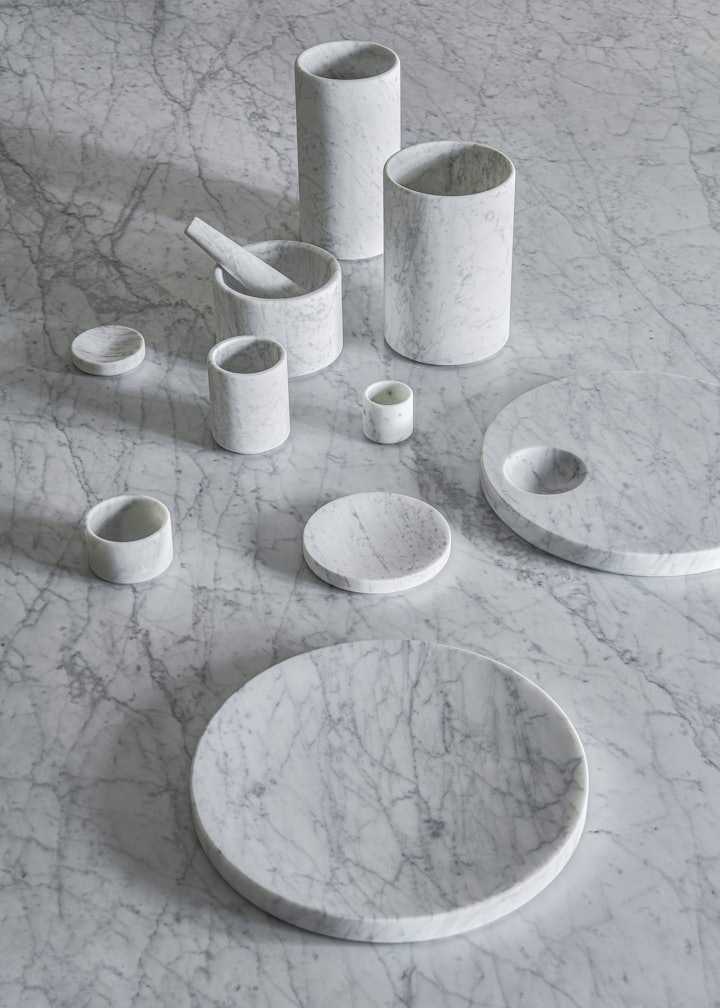
As sculptural objects, displayed on kitchen counters and tabletops, the trays, bowls and platters, coasters and containers, the wine cooler and pestle and mortar, all evoke their function in a poised, poetic use of shape and material; when used and handled, they inspire a powerful sensual response – together elevating the essential experience of sharing good food and company to an art form.
